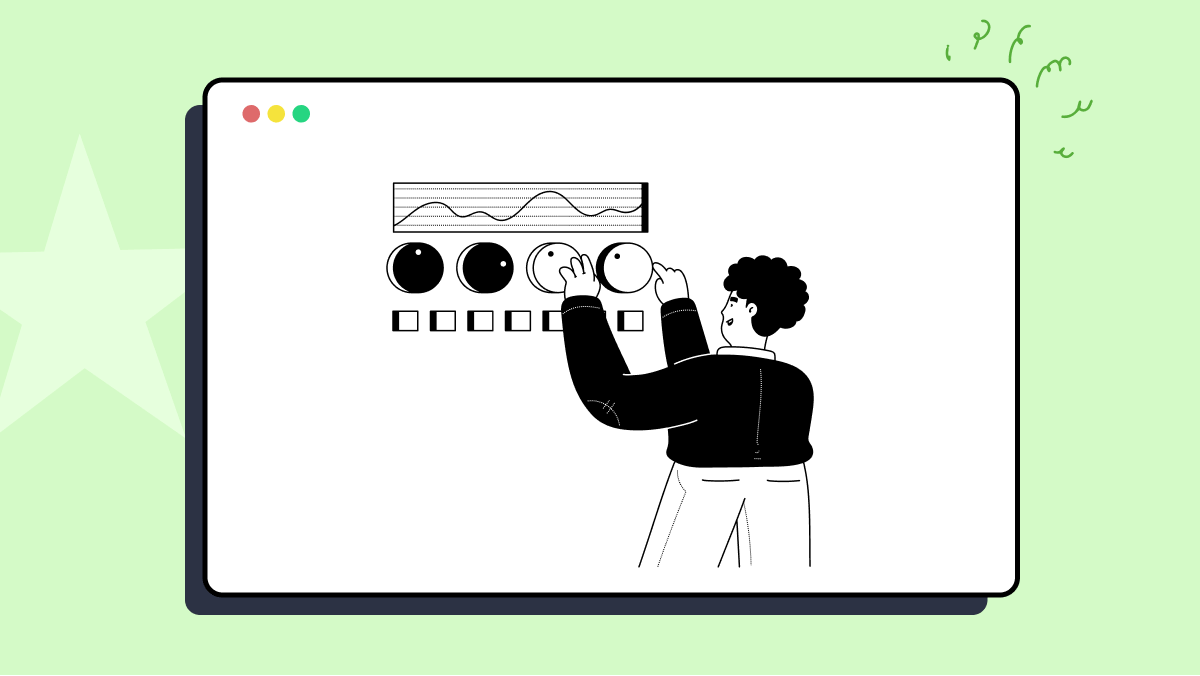How to use test_verification_that_non_expected_request_didnt_occur method of SharedTest Package
Best Webmock_ruby code snippet using SharedTest.test_verification_that_non_expected_request_didnt_occur
shared_test.rb
Source: shared_test.rb
...29 :body => "abc", :headers => {'A' => 'a'})30 assert_requested(:get, "http://www.example.com",31 :body => "abc", :headers => {'A' => 'a'})32 end33 def test_verification_that_non_expected_request_didnt_occur34 expected_message = %r(The request GET http://www.example.com/ was expected to execute 0 times but it executed 1 time\n\nThe following requests were made:\n\nGET http://www.example.com/ with headers .+ was made 1 time\n\n============================================================)35 assert_fail(expected_message) do36 http_request(:get, "http://www.example.com/")37 assert_not_requested(:get, "http://www.example.com")38 end39 end40endtest_verification_that_non_expected_request_didnt_occur
Using AI Code Generation
1 @expected = stub_request(:get, "http://www.example.com").to_return(:status => 200, :body => "hello world")2 @unexpected = stub_request(:get, "http://www.example.com/").to_return(:status => 200, :body => "hello world")3 Net::HTTP.get_response(URI('http://www.example.com/'))4WebMock::NetConnectNotAllowedError: Real HTTP connections are disabled. Unregitered request: GET http://www.example.com/ with headers {'Host'=>'www.example.com'}5WebMock::NetConnectNotAllowedError: Real HTTP connections are disabled. Unregistered request: GET http://www.example.com/ with headers {'Host'=>'www.example.com'}test_verification_that_non_expected_request_didnt_occur
Using AI Code Generation
1 stub_request(:get, 'http://www.example.com/').to_return(body: 'test')2 stub_request(:get, 'http://www.example.com/').to_return(body: 'test')3 WebMock.should have_requested(:get, 'http://www.example.com/').twice4 WebMock.should have_requested(:get, 'http://www.example.com/').times(2)5 WebMock.should_not have_requested(:get, 'http://www.example.com/').times(3)6shared_test.test_verification_that_non_expected_request_didnt_occur('/test')7shared_test.test_verification_that_non_expected_request_didnt_occur('/test2')8shared_test.test_verification_that_non_expected_request_didnt_occur('/test3')9shared_test.test_verification_that_non_expected_request_didnt_occur('/test4')10shared_test.test_verification_that_non_expected_request_didnt_occur('/test5')11shared_test.test_verification_that_non_expected_request_didnt_occur('/test6')12shared_test.test_verification_that_non_expected_request_didnt_occur('/test7')13shared_test.test_verification_that_non_expected_request_didnt_occur('/test8')14shared_test.test_verification_that_non_expected_request_didnt_occur('/test9')15shared_test.test_verification_that_non_expected_request_didnt_occur('/test10')16shared_test.test_verification_that_non_expected_request_didnt_occur('/test11')17shared_test.test_verification_that_non_expected_request_didnt_occur('/test12')18shared_test.test_verification_that_non_expected_request_didnt_occur('/test13')test_verification_that_non_expected_request_didnt_occur
Using AI Code Generation
1 @expected = stub_request(:get, "http://www.example.com/").to_return(:status => 200, :body => "hello world")2 @unexpected = stub_request(:get, "http://www.example.com/").to_return(:status => 200, :body => "hello world")3 Net::HTTP.get_response(URI('http://www.example.com/'))4WebMock::NetConnectNotAllowedError: Real HTTP connections are disabled. Unregistered request: GET http://www.example.com/ with headers {'Host'=>'www.example.com'}5WebMock::NetConnectNotAllowedError: Real HTTP connections are disabled. Unregistered request: GET http://www.example.com/ with headers {'Host'=>'www.example.com'}test_verification_that_non_expected_request_didnt_occur
Using AI Code Generation
1 stub_request = stub_request(:get, "http://www.example.com")2 stub_request.expects(:never)3 Net::HTTP.get_response(URI.parse("http://www.example.com"))4 stub_request = stub_request(:get, "http://www.example.com")5 stub_request.expects(:never)6 Net::HTTP.get_response(URI.parse("http://www.example.com"))7 stub_request = stub_request(:get, "Blogs
Check out the latest blogs from LambdaTest on this topic:
To understand the agile testing mindset, we first need to determine what makes a team “agile.” To me, an agile team continually focuses on becoming self-organized and cross-functional to be able to complete any challenge they may face during a project.
When most firms employed a waterfall development model, it was widely joked about in the industry that Google kept its products in beta forever. Google has been a pioneer in making the case for in-production testing. Traditionally, before a build could go live, a tester was responsible for testing all scenarios, both defined and extempore, in a testing environment. However, this concept is evolving on multiple fronts today. For example, the tester is no longer testing alone. Developers, designers, build engineers, other stakeholders, and end users, both inside and outside the product team, are testing the product and providing feedback.
Ever since the Internet was invented, web developers have searched for the most efficient ways to display content on web browsers.
I was once asked at a testing summit, “How do you manage a QA team using scrum?” After some consideration, I realized it would make a good article, so here I am. Understand that the idea behind developing software in a scrum environment is for development teams to self-organize.
Automation Testing Tutorials
Learn to execute automation testing from scratch with LambdaTest Learning Hub. Right from setting up the prerequisites to run your first automation test, to following best practices and diving deeper into advanced test scenarios. LambdaTest Learning Hubs compile a list of step-by-step guides to help you be proficient with different test automation frameworks i.e. Selenium, Cypress, TestNG etc.
LambdaTest Learning Hubs:
- JUnit Tutorial
- TestNG Tutorial
- Webdriver Tutorial
- WebDriverIO Tutorial
- Protractor Tutorial
- Selenium 4 Tutorial
- Jenkins Tutorial
- NUnit Tutorial
- Jest Tutorial
- Playwright Tutorial
- Cypress Tutorial
- PyTest Tutorial
YouTube
You could also refer to video tutorials over LambdaTest YouTube channel to get step by step demonstration from industry experts.
Most used method in
- setup
- test_assert_requested_with_stub_and_block_raises_error
- test_assert_not_requested_with_stub_and_block_raises_error
- test_error_on_non_stubbed_request
- test_verification_that_expected_request_occured
- test_verification_that_expected_stub_occured
- test_verification_that_expected_request_didnt_occur
- test_verification_that_expected_stub_didnt_occur
- test_verification_that_expected_request_occured_with_body_and_headers
- test_verification_that_expected_request_occured_with_query_params
- test_verification_that_expected_request_not_occured_with_query_params
- test_verification_that_expected_request_occured_with_excluding_query_params
- test_verification_that_non_expected_request_didnt_occur
- test_refute_requested_alias
- test_verification_that_non_expected_stub_didnt_occur
Try LambdaTest Now !!
Get 100 minutes of automation test minutes FREE!!


